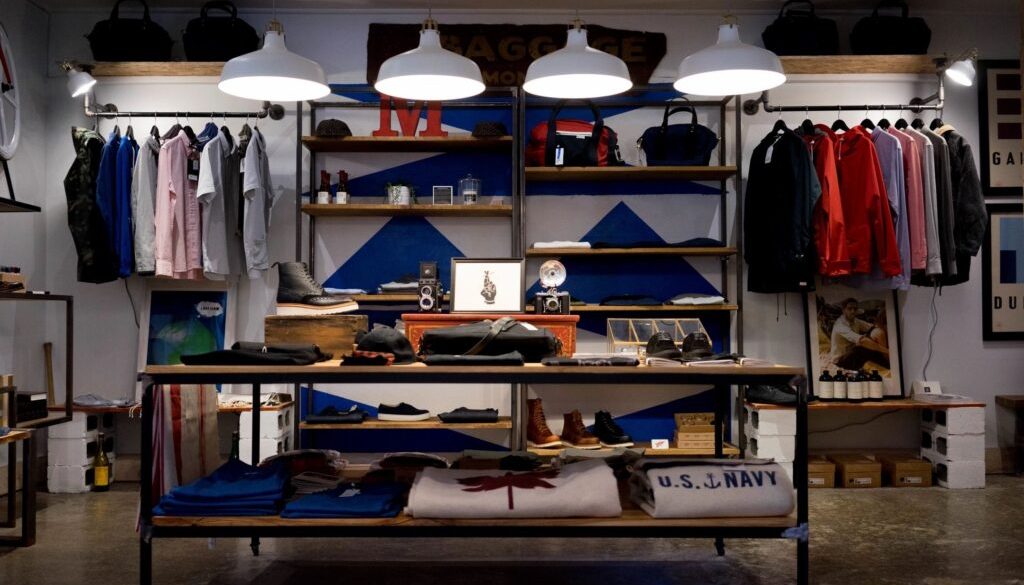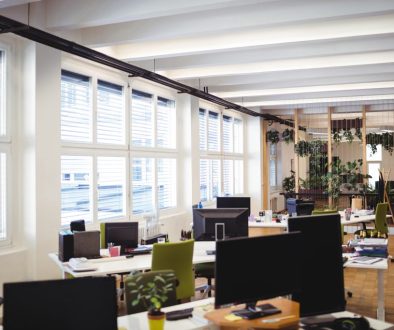The Impact of Foot Traffic on Retail Space Leases
The dynamics of foot traffic play a crucial role in determining the success of retail space leases. This blog explores how businesses can harness foot traffic to optimize leasing agreements and enhance profitability.
The Impact of Foot Traffic on Retail Space Leases
Understanding foot traffic is essential for retailers aiming to thrive in competitive markets. This blog post delves into the significant influence of foot traffic on retail space leases, exploring how it affects lease negotiations, rental pricing, and overall business success. We will discuss the importance of foot traffic analytics, share insights on leveraging foot traffic data, and provide practical tips for retailers seeking to maximize their leasing strategies.
Introduction
In the realm of retail, foot traffic is akin to the lifeblood of a business. Every step taken by a potential customer can translate into a sale, making the evaluation of foot traffic essential for retailers. When leasing retail space, understanding the patterns and volume of pedestrian traffic can significantly influence the terms of the lease, including pricing and duration. In this detailed exploration, we will discuss how foot traffic affects retail space leases and the strategies businesses can employ to capitalize on this critical factor.
The Significance of Foot Traffic in Retail
- Foot traffic is often seen as a direct indicator of a shop’s potential revenue. Statistics show that stores located in high-traffic areas generally see better sales figures compared to those in less frequented locations. According to a report by the International Council of Shopping Centers, businesses in high-footfall areas can achieve up to 30% higher sales than their counterparts.
- For instance, a clothing store located in a bustling shopping district attracts a diverse demographic that can lead to spontaneous purchases. In contrast, a store situated on a less-traveled road may struggle to connect with potential customers, no matter how compelling the merchandise.
- Retailers can leverage foot traffic data to make informed decisions about leasing. By analyzing traffic patterns, they can identify peak visitation times, allowing them to optimize staffing, inventory, and marketing efforts tailored to attract and convert walk-ins.
Analyzing Foot Traffic Data
- With advancements in technology, retailers can access sophisticated tools to measure and analyze foot traffic. Many businesses now utilize mobile location data and foot traffic analytics solutions to gain insights into customer behavior.
- By understanding demographics and shopping patterns, retailers can tailor their offerings to resonate with their target audience. For example, a café might discover that morning foot traffic peaks before 8 AM, leading them to introduce a breakfast menu aimed at commuters.
- Case studies reveal that retailers who invest in analytics see significant returns. A retail chain that implemented foot traffic analysis reported a 20% increase in sales after adjusting their marketing strategies based on traffic insights.
Foot Traffic and Lease Negotiations
- The level of foot traffic can dramatically influence lease negotiations. Landlords are often willing to offer more favorable lease terms for prime locations with higher foot traffic, providing opportunities for retailers to negotiate lower rental rates or longer lease durations.
- Retailers should come prepared with data to support their negotiations. Presenting foot traffic statistics can help justify requests for better lease terms. For instance, if a retailer can demonstrate a consistent increase in daily foot traffic, they can argue against steep rental increases during lease renewals.
- Furthermore, retailers can negotiate exclusive clauses in their leases that protect them from competition within the same complex, ensuring that their foot traffic remains uninhibited by too many similar businesses.
Leveraging Foot Traffic to Enhance Business Performance
- Beyond negotiating better lease terms, retailers can actively leverage foot traffic to improve their overall business performance. Simple strategies, such as optimizing store layouts and window displays, can significantly enhance the customer experience.
- Engaging customers at the storefront through promotions or events can convert foot traffic into sales. For example, a beauty retailer might host a free makeup tutorial that attracts passersby, converting curiosity into purchases.
- Additionally, retailers can use social media and local advertising to drive targeted traffic to their stores. By promoting in-store events or special promotions, they can incentivize foot traffic during specific times, enhancing the effectiveness of their marketing efforts.
Case Studies: Successful Retailers and Foot Traffic
- Numerous retailers have thrived by capitalizing on foot traffic. For example, a local coffee shop positioned in a high-traffic area near a university has successfully catered to students and faculty, doubling its sales within the first year.
- In contrast, a retail chain that expanded to a location with significantly lower foot traffic experienced stagnated growth. The lack of daily customers highlighted the importance of location selection influenced by foot traffic analysis.
- These stories underscore the critical relationship between retail success and foot traffic levels, emphasizing that retailers must consciously evaluate location and traffic patterns when choosing to lease space.
Best Practices for Retailers
- Conduct Regular Foot Traffic Analysis: Retailers should consistently analyze foot traffic data to stay informed about changes in customer behavior, allowing them to adapt their strategies accordingly.
- Engage with the Community: Building relationships with the surrounding community can enhance foot traffic. Businesses can host local events or collaborate with nearby stores to create a vibrant shopping district.
- Maximize Storefront Appeal: Attract customers by investing in eye-catching displays and clear signage that entices pedestrians to enter the store.
- Utilize Technology: Leverage foot traffic analytics technology to assess peak times and customer demographics. Use this information to shape marketing strategies that target specific customer segments.
Foot Traffic Trends in Retail
- As consumer behavior evolves, retailers must adapt to emerging foot traffic trends. The rise of e-commerce has transformed how customers interact with physical stores. However, brick-and-mortar locations still play a crucial role in the customer journey.
- Recent studies have shown that while online shopping has grown, foot traffic to physical stores has rebounded post-pandemic, with consumers seeking experiential shopping opportunities.
- Retailers must align their offerings with current trends, providing unique in-store experiences that cannot be replicated online. This can include interactive displays, personalized service, or community events, all aimed at enhancing foot traffic.
Anticipating Future Changes
- Looking ahead, retailers should remain agile in their strategies in response to shifting foot traffic patterns. Factors such as urban development, public transit changes, and economic conditions can all impact foot traffic.
- Staying informed about local developments and potential changes in consumer behavior will enable retailers to adapt their leasing strategies proactively. This could involve renegotiating leases to include more flexible terms or considering alternative locations that may attract more foot traffic in the future.
- Engaging with local governments and community organizations can also provide insights into upcoming developments that may influence foot traffic, ensuring that retailers are well-positioned to capitalize on these changes.
Conclusion
In conclusion, foot traffic is a vital component of retail success, significantly impacting lease negotiations and overall business performance. By understanding and analyzing foot traffic patterns, retailers can make informed decisions regarding their locations, lease terms, and marketing strategies. As the retail landscape continues to evolve, staying attuned to foot traffic trends will be essential for businesses aiming to thrive in a competitive market. Whether you’re negotiating a lease or optimizing in-store experiences, remember that every step taken by a potential customer could lead to a sale. Embrace the power of foot traffic, and let it guide your retail journey.



